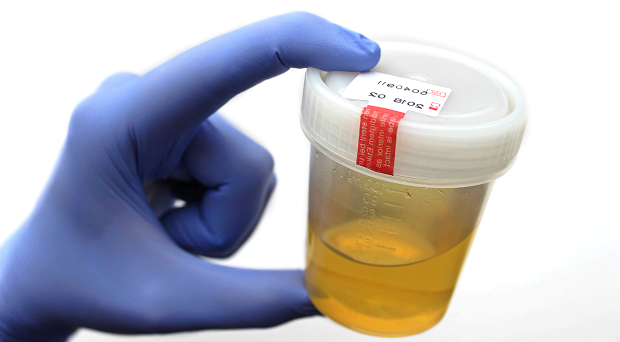Urinalysis can provide insight into hydration status, renal function or dysfunction, systemic disease and toxic insults. It forms part of a baseline database in conjunction with a biochemical profile and CBC.
Species: All domestic species
Specimen: Urine
Container: Sterile containers are suitable for urinalysis, culture, cortisol and protein to creatinine ratios, fractional excretion studies – these include lemon top pottles, urine culture preservative tubes, sterile no additive tubes (avoid plastic red top tubes as they introduce crystalline artefacts). Mottle top tubes contain a urine preservative and are an excellent choice for urinalysis only.
Collection protocol:
- 5-10 mL is ideal volume
- Prior to fluid administration, if possible
- Cystocentesis is ideal, particularly for culture
- Mid-stream free catch is acceptable for most analyses
- First-morning urine is ideal to assess concentrating ability
Special handling/shipping requirements: Ideally submitted on ice
General Background Information:
Analyses should ideally, be carried out on fresh urine (<1 hour old), which often not possible when submitting to a laboratory. Urine pH may change, crystals may form or disintegrate, bacteria may grow or die, and cells and casts may disintegrate with time and shipment at ambient temperature. To minimise sample degradation, store the sample in the fridge then send with an ice pack. First-morning urine is recommended to assess concentrating ability and for tests like urine cortisol: urine creatinine ratio. First-morning urine is expected to have maximal concentration, and maximal accumulation of cells, casts, bacteria, or other analytes of interest. This urine may be more acidic (which prevents dissolution of proteinaceous structures), and concentrated urine is less likely to lyse cells (USG < 1.008 may result in cell lysis).
Substaging of renal disease is ideally performed on at least 3 urine samples collected over a period of at least 2 weeks.

